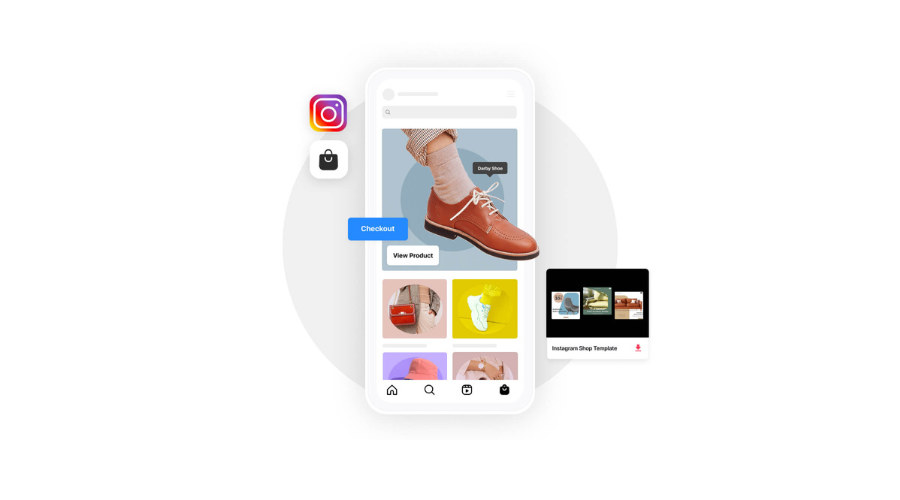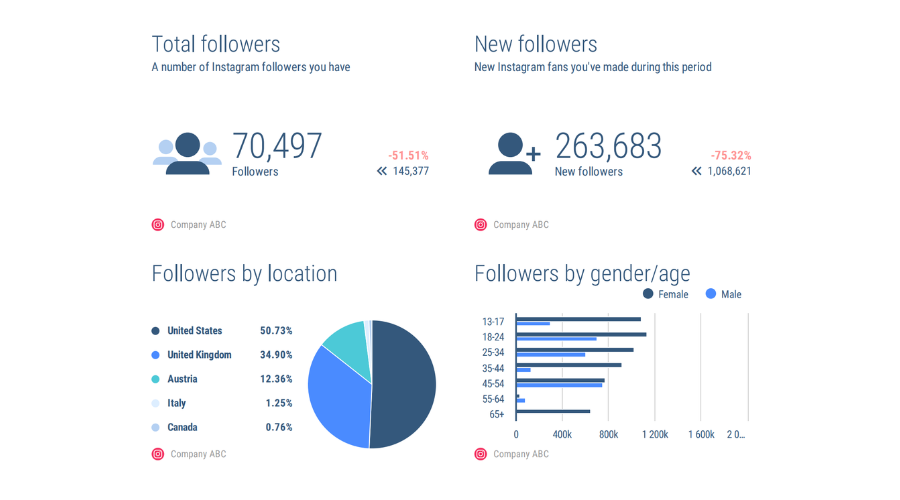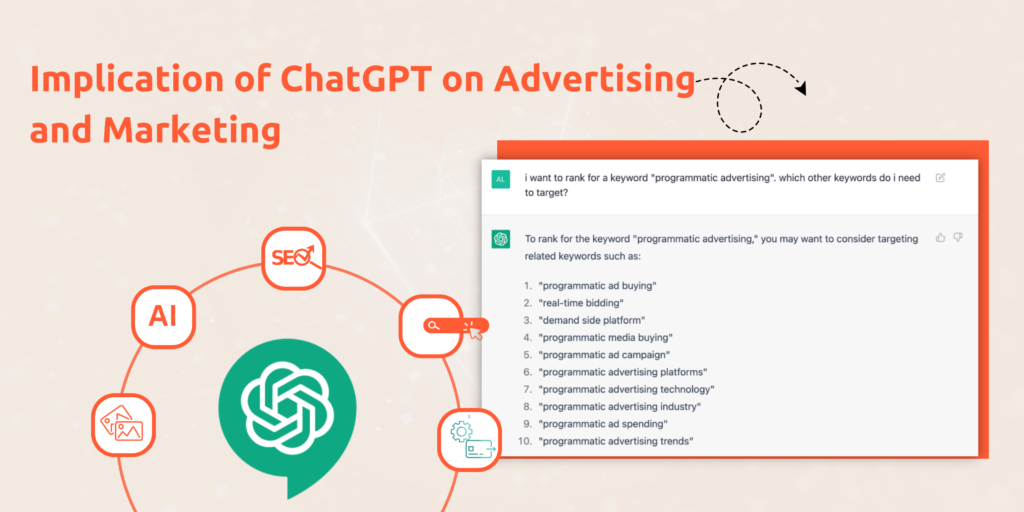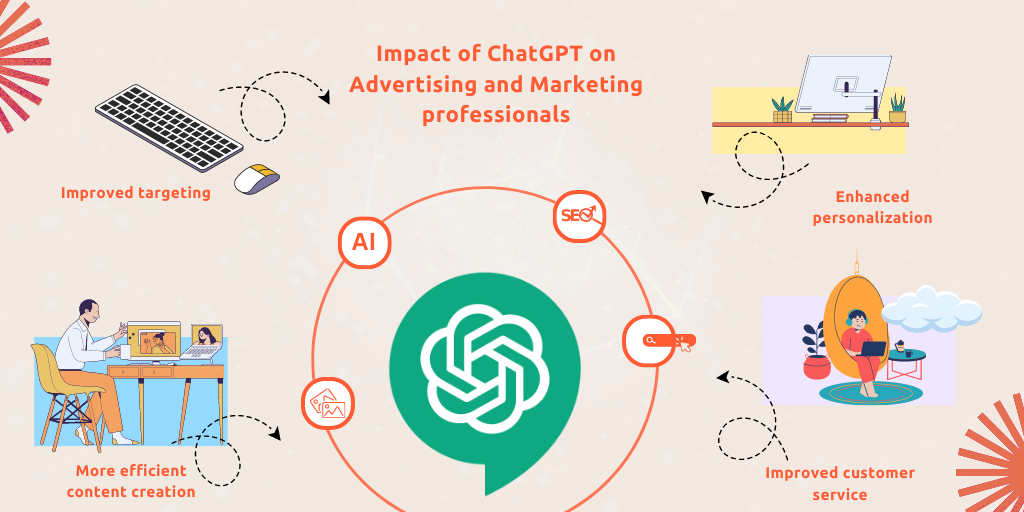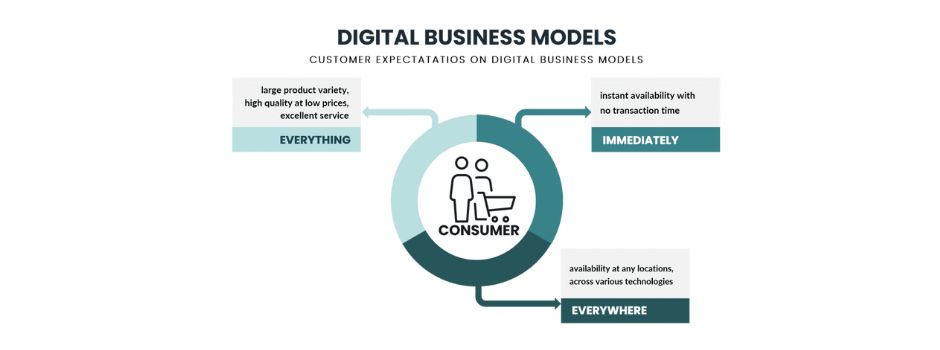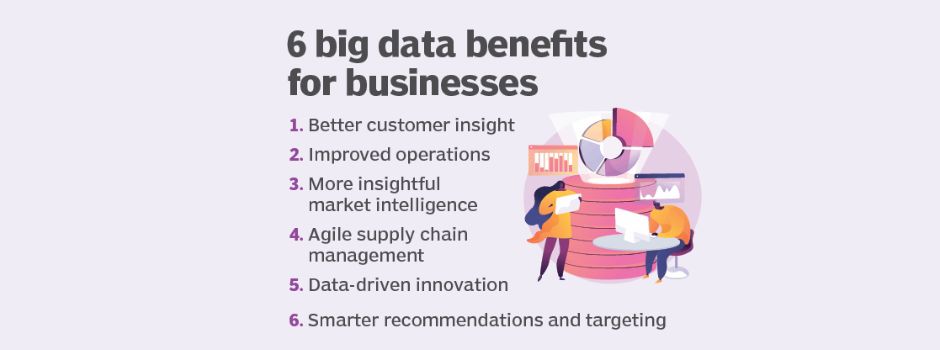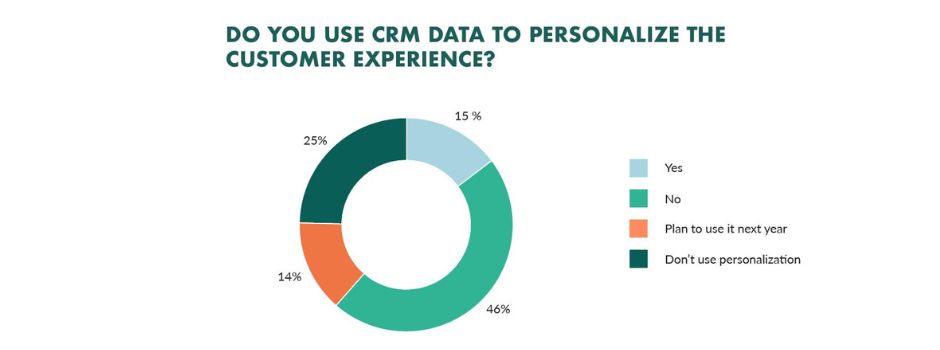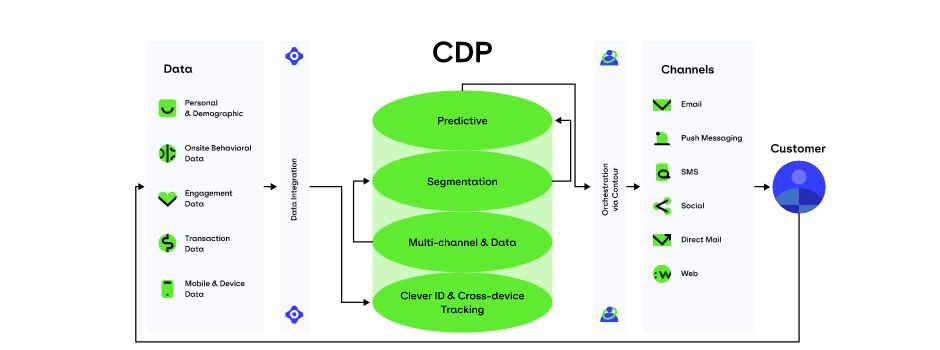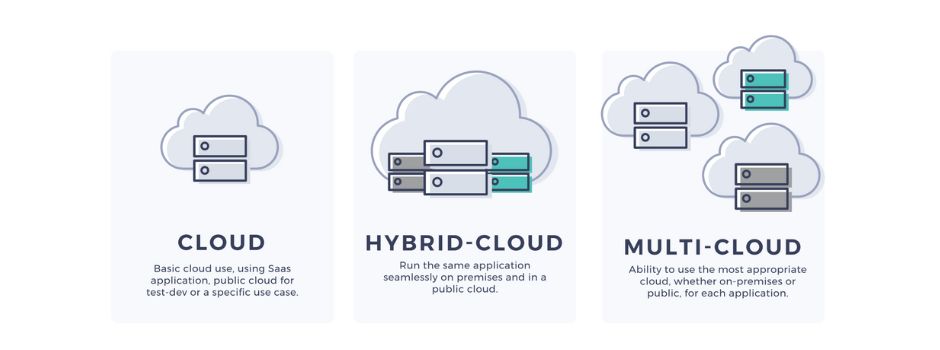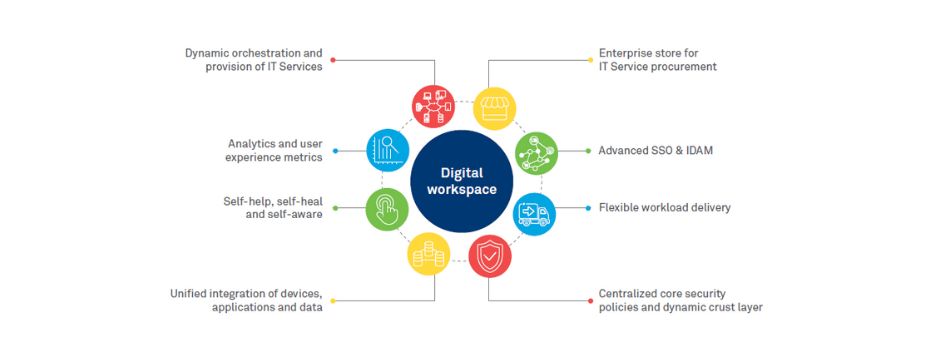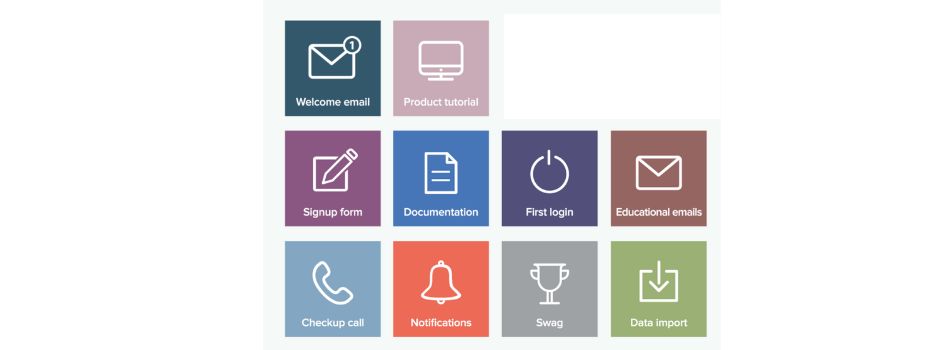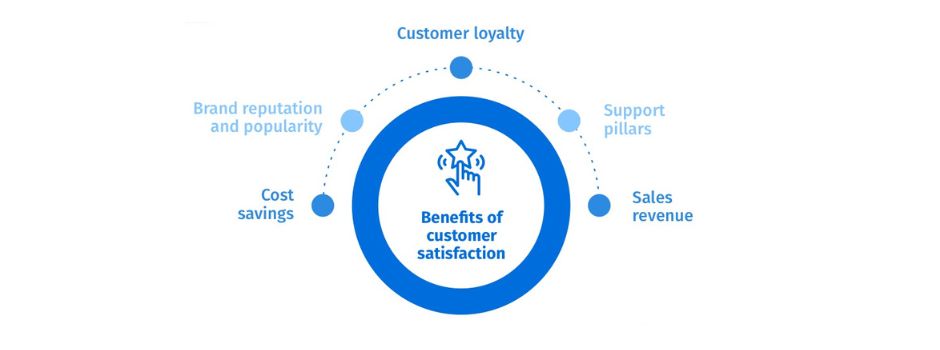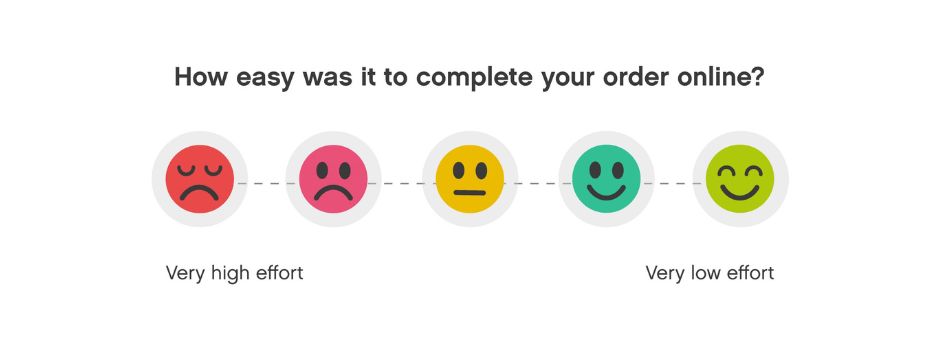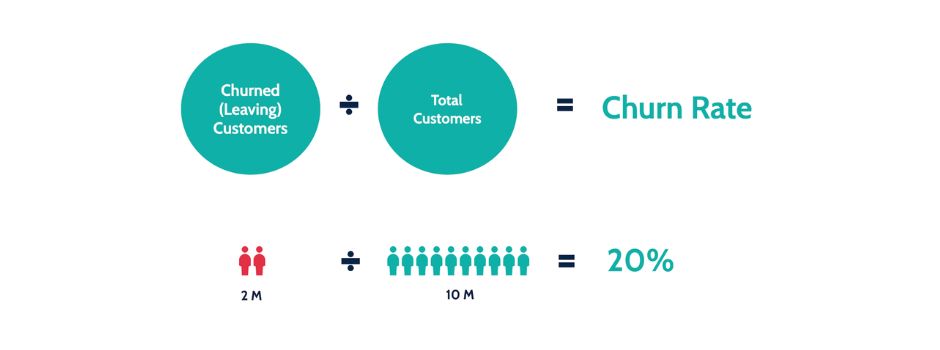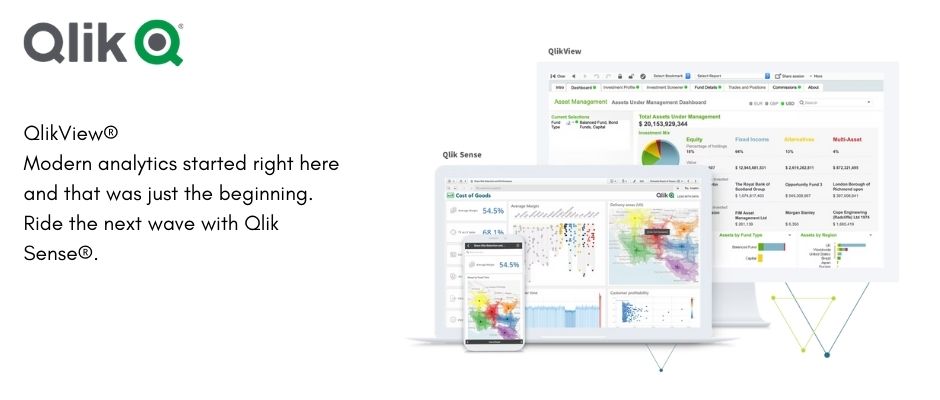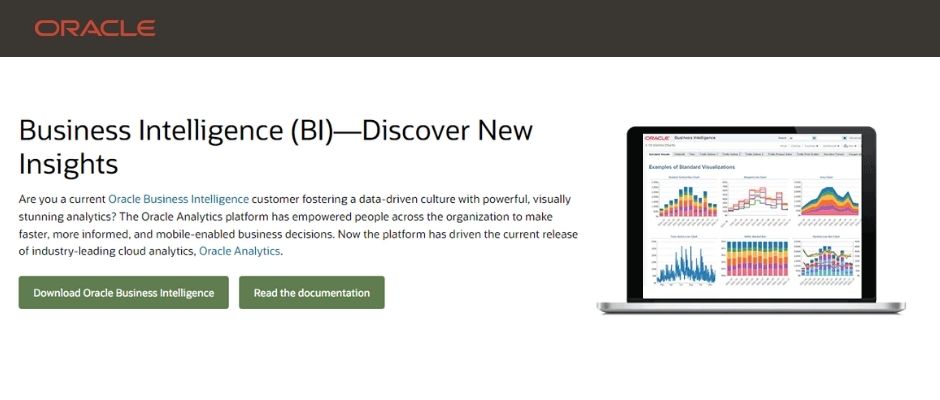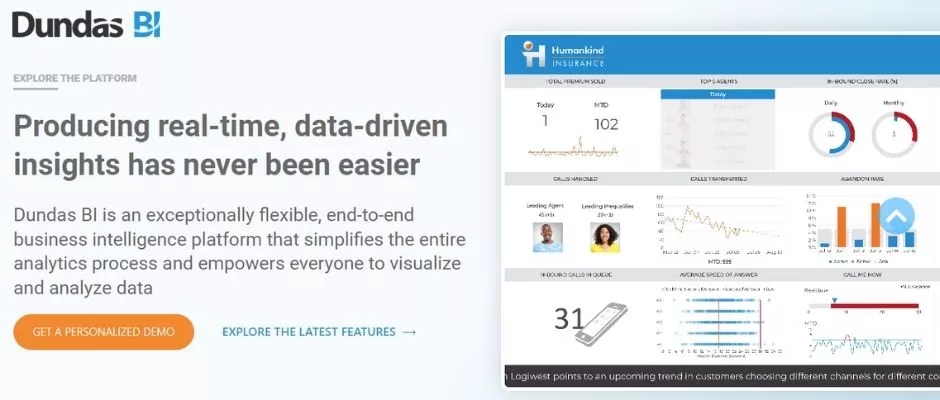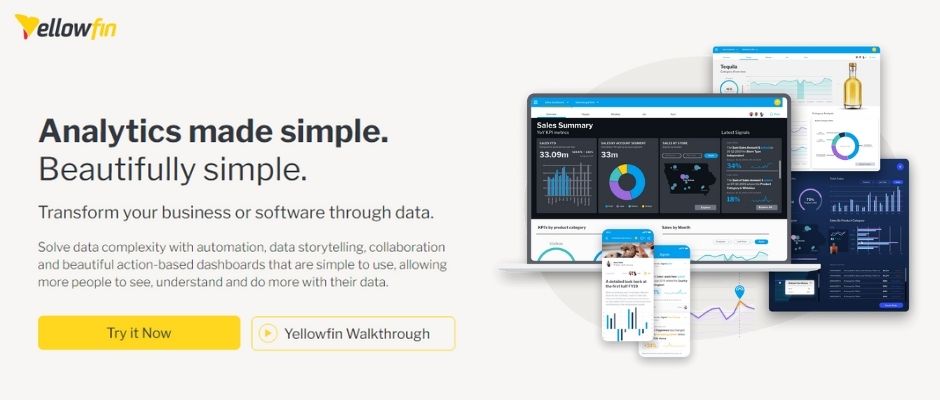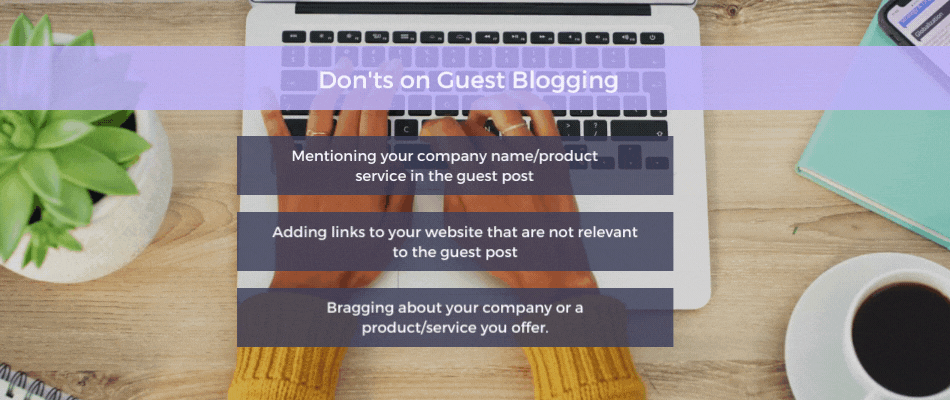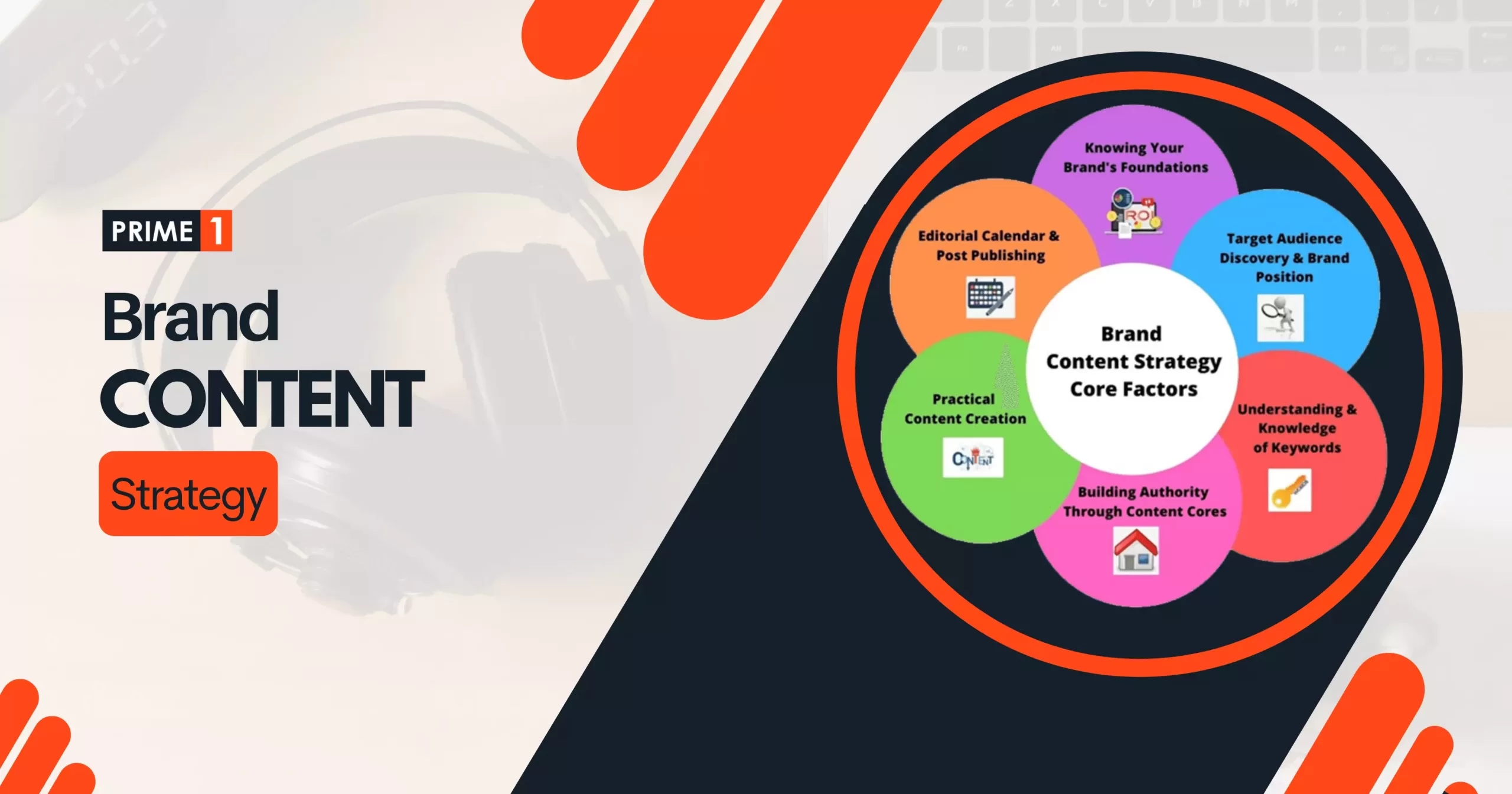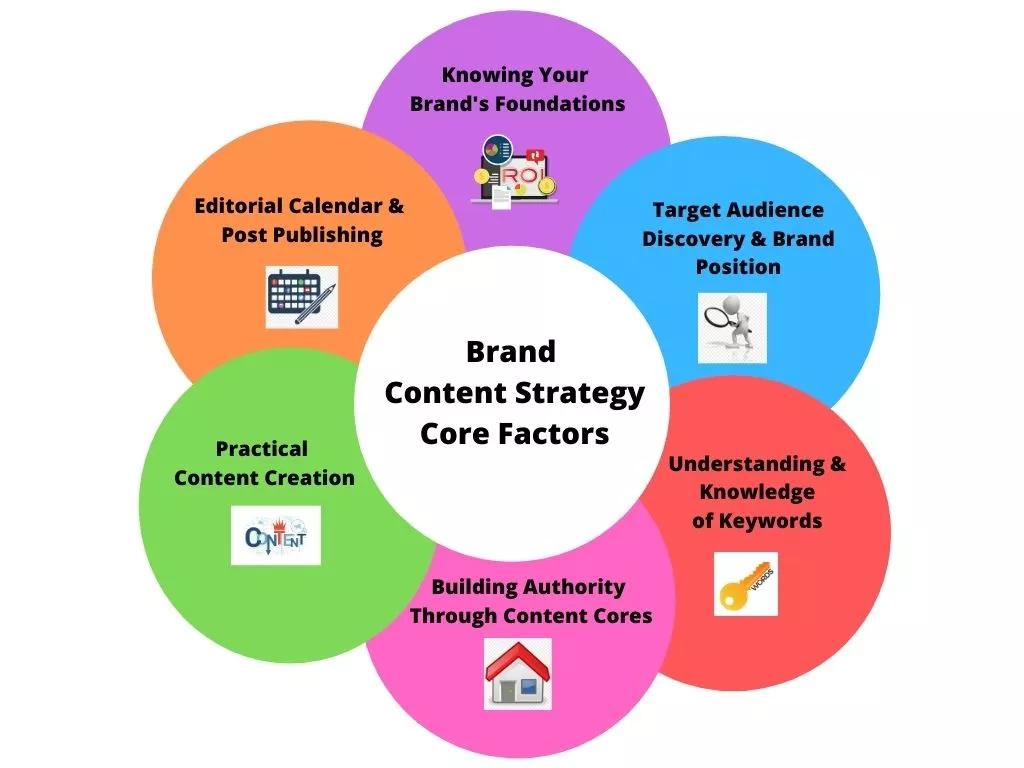9 Key Steps to Write an Awesome Blog Post That People Will Actually Read
In a digital world flooded with content, creating a blog post that grabs readers’ attention and keeps them engaged is not a small deal. But, don’t worry, in this article, I’ll walk you through 9 essential steps to craft a quality blog post that not only attracts the eyeballs of your audience but keeps them glued to the screen. Whether you’re a seasoned blogger or just starting out, these steps will help you create blog posts that people will actually read and enjoy.
9 Key Steps to Write an Awesome Blog Post
1. Define Your Specific Goals
Before you start writing, it’s important to identify for which purpose you’re going to write a blog post. Defining your purpose is the compass that steers your blog writing. Therefore, it’s crucial to be clear about your goals. Are you seeking to educate, entertain, or inspire your readers? Clearly defining your goal is the first and fundamental step in crafting compelling blog post.
If educating your reader is your aim, your words should serve as a source of knowledge, providing valuable insights, information, and expertise on a particular topic. If entertainment is the goal, your writing should spark joy, laughter, or amusement, keeping your audience engaged and eager for more. When inspiring them is your mission, your words should motivate, uplift, and resonate with your readers, driving them to take positive action. Your goal is the constant guide that ensure your blog remains focused, coherent, and impactful. It shapes your narrative, determines your tone, and specify your writing style. So, whether you’re educating, entertaining or inspiring, clarity of the goals will lead to more meaningful and effective blog posts.
2. Research and Refine Your Blog Topic
When you’re more clear on the goal of your blog post, it’s time to start your research. List down the keywords your target audience would mostly use when they conduct an internet search around your blog topic, then, use a keyword research tool to expand and refine this keyword list based on, search volume, keyword difficulty, and competitiveness of each keyword. Use the stats to select a target keyword, or keywords, and make note of any similar or related phrases.
Next, check the SERP competition for your chosen keyword/s. Enter your keyword/s into Google and take note of the results on the first page or two. This can provide insight into what Google thinks the searcher wants when they perform a query using the particular key phrase, while it also enables you to study how the competition is addressing the blog topic you chose, so you can create a blogging strategy that can compete.
Now, put some effort into choosing the right blog headline. Your blog headline is the first opportunity to convince people to read your blog – a good headline tells the reader what the blog post is about, and what they’ll gain from reading it. It should be super compelling, but honest.
If you need a little help to choose the right keyword, check out CoSchedule’s headline analyzer which will assess the strength of your chosen headline and give you suggestions on how to improve it further.
3. Create a Blog Outline
It’s easy to ignore this essential step, but doing so might result in unstructured blog posts that go off-subject and leave the readers wanting. So, please do yourself a favour and make a structure for your blog.
✅ Introduction
Recognizing your reader’s pain point/s and demonstrating empathy for them is a great way to introduce your blog topic. There’s no need to go into depth in the introduction, just capture few points like what would compel the readers to seek information on your blog topic? How might that make them feel? And, how will reading your blog post help them? That’s enough!
✅ Body
The body of your blog post is where you get to deliver on your title’s promise. This is where your research comes into play: break the body of your blog into logical sections with sub-headings, so you can go in-depth on your topic. If there is an related keyword that deserves its own section, now is the time to include it. This is also a great opportunity to mention your blog post’s goals. How will you satisfy the reader’s wants, and what should they do next? Is there a clear spot where you can include your call to action? Make a note of it so you are able to reference it when you write.
✅ Conclusion
Don’t spend too much time on this. Your blog post’s conclusion will provide a summary of your major points and strengthen your call to action. After you complete your blog writing, conclusion generally comes naturally. You don’t need put much efforts on this.
4. Jot Down Your First Draft
When you accept that your first draft will be terrible, you can take a lot of the pressure off your shoulders. In this first draft stage, you don’t have to worry about creating a masterpiece, all you have to do is set aside some uninterrupted time and write the whole blog post, from start-to-finish, without going back to edit.
It’ll be awful, I know, but it’s like organizing your closet – first, you need to dump everything out onto your bed and make a big mess. Then only you can dispose of the things you don’t want anymore and put the good stuff back in the closet. When start to practice this first draft method, you’ll realize that it’ll help you to complete the blog posts in less time, and with less stress.
5. Ruthlessly Proofread and Edit Your Blog
Now that you’ve put down your thoughts into blog content, you can move on to the fun part of blog writing – Yes! I’m talking about editing.
Creating an effective blog post is a repetitive process, and it’s important to recognize that your first draft won’t be perfect. The true magic happens during the editing stage, where you have the opportunity to shape your work into something you can be proud of.
To get the optimal results, set your first draft aside for at least a day and return to it with a fresh mind and eyes. During this review, prioritize clarity. Make sure you’re conveying your message in the most efficient manner. Eliminate unnecessary words or tangential ideas that don’t contribute value to your blog. Replace confusing industry jargon with plain language that your readers can easily understand. Seek opportunities to enhance your blog post with examples, diagrams, or other elements that enhance its readability.
You can even rearrange entire sections to ensure a natural flow in your blog narrative. After making these adjustments, ask someone to read your post and provide feedback. They’ll likely spot issues you might have missed. Use a readability tool, such as Hemingway, to identify long sentences and passive language that may have slipped from your eyes. Finally, run a spell check to add the finishing touches.
6. Add Visual Elements
Incorporating images into every blog post is more than just a visual enhancement; it’s a strategic imperative. Each blog post should feature at least one image, if not more. Images help break up long blocks of text, making your content not only easier to digest but also more enjoyable to read. In the age of social media, visuals are king. Blog posts with eye-catching images tend to perform better in terms of likes, shares, and comments. By including relevant images, you make it simpler for your readers to share your content.
Therefore, whenever possible, aim to craft your own original visuals. These can be in the form of screenshots, charts, graphs, or custom graphics. For this, you don’t need to be a graphic designer or invest in expensive software; you can simply use the cost-effective tools like Canva. Also, don’t underestimate the power of image SEO. Optimizing your images with descriptive file names and alt text can significantly impact your search rankings. Original images have the added benefit of attracting inbound links, bolstering your site’s credibility.
If you aren’t able to create your own visuals, you can rely on websites like Shutterstock to get high-quality images, though some may require a fee. If your budget allows, investing in these resources can provide a polished and professional touch to your blog. For those on a tight budget, numerous websites provide free images. Consider platforms like Unsplash, Pexels, and Pixabay. And, ensure you comply with licensing and usage terms when incorporating these images into your blog posts.
By adhering to these image-related best practices, your blog posts will not only become more reader-friendly but also more shareable and discoverable. The inclusion of well-chosen visuals is a valuable strategy for both engaging your audience and optimizing your blog post for search engines.
7. Optimize Your Blog Post for SEO
It’s essential to optimize your blog post for SEO. Search engines share common priorities with your readers. They seek to comprehend the post’s subject matter to ensure it reaches the right audience. They prioritize content that is clear, easily digestible and offers in-depth answers to the searcher’s queries. Additionally, search engines appreciate links to other relevant resources, allowing readers to expand their knowledge.
By focusing on creating reader-centric blog posts, many of these SEO aspects will naturally fall into place. However, it’s crucial to structure your blog thoughtfully to emphasize this focus.
While WordPress plugins such as RankMath can be valuable for optimizing your blog posts for SEO, a deep understanding of what search engines are seeking can render these tools optional. For a step-by-step guide on crafting SEO-friendly blog posts, you can refer to “How to Write Blog Posts That Rank Well in Search Engines.”
8. Publish and Promote Your Blog Post
Now that you’ve prepared a compelling blog post, it’s time to publish it on your website. After that, you can start executing your content promotion plan.
The specific strategies you employ for promotion will depend on the goals you’ve set for your blog post. Typically, you’ll begin by sharing the post with your blog subscribers and simultaneously, crafting a series of social media posts with different images and messages, and integrating them into your social media sharing schedule. But there are several other effective ways to boost your blog post’s visibility.
For instance, if you’ve mentioned anyone in your article, it’s a good idea to notify them. Additionally, if there are individuals within your company or among your contacts who might find the content valuable, make sure to bring it to their attention. When you share your work with interested people, they may also share your article or post it on their own social channels, and help you extend your blog reach.
9. Track Your Blog Performance
Now, it’s time to measure the impact of your blog post. While many organizations rely on Google Analytics, various other tools can also serve this purpose. The choice of metrics to track depends on your specific goals, but here are some common indicators that offer valuable insights about your blog performance:
- Traffic: Keep an eye on the number of visitors your blog post attracts to your website and analyze their sources.
- Bounce Rate: Understand what happens after someone lands on your blog post. Do they explore other sections of your site or simply leave after getting the information they need?
- Shares: Assess whether readers find your blog content compelling enough to share it on their social media platforms. Identify which channels generate the most engagement and why.
- Links: Evaluate whether your blog post is drawing high-quality inbound links from other websites.
- Rankings: Determine the keywords for which your blog post is ranking and its position in search engine results.
- Conversions: Examine whether your blog post motivates readers to take desired actions such as subscribing to your blog, contacting your business, or any other intended outcomes.
- Average Time on Page: Assess whether visitors are spending sufficient time on the blog page to thoroughly engage with your content.
Monitoring these results may not be the most glamorous aspect of blog writing, but these metrics are pivotal for your success. Select the metrics that align with your business goals, consistently track them over time, and leverage these insights to inform your future blogging strategies. Remember that you have the option to revisit and make improvements to your blog post to enhance its performance.
It’s Your Turn!!!
The biggest thing to remember when it comes to writing blog posts is, don’t overcomplicate it. Keeping your blog post simple and straightforward is essential. Also, make sure the headline is clear. And maintain the blog structure clean and easy to follow. As time goes on, you’ll get better at the creative stuff. But get these foundations right first.
Now that you’ve learned my 9 key steps to create compelling blog posts that people actually WANT to read, chances are you’ve been considering some blog topics you want to write about.
Honor that intent right now! – take a moment and start with your first draft.
Happy Blogging!
And, I hope you enjoyed this article, please comment with your thoughts below.






